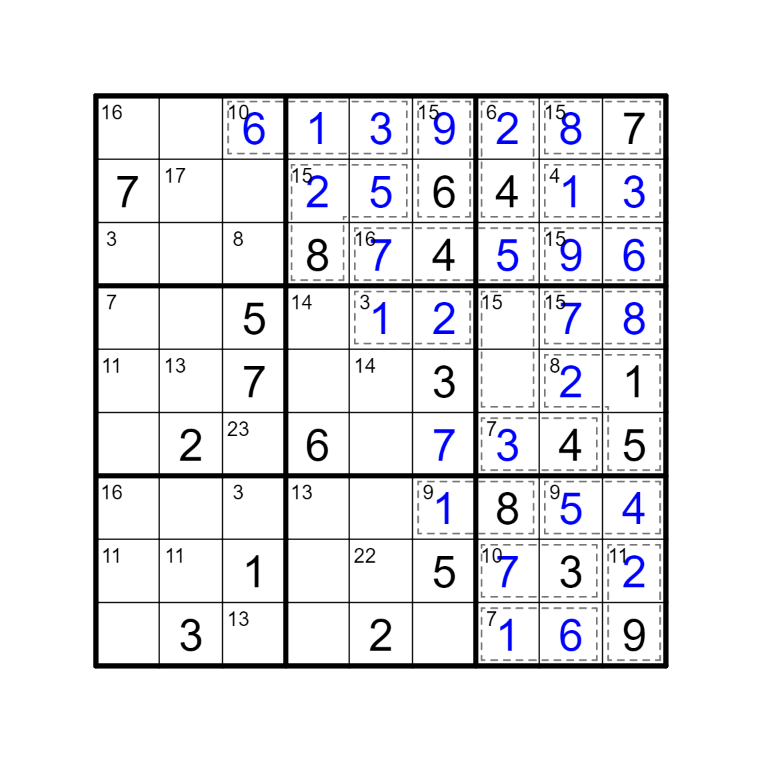An entry in Fortnightly Topic Challenge #47: "Wacky Sudokus"
Welcome to a new sudoku series! This series will run for the duration of the current Fortnightly Topic Challenge: 'Wacky Sudokus'.
For the past month I have created 14 different sudokus, all with a unique twist. I will post one a day until the end of this FTC.
Each puzzle will consist of a picture of the puzzle, a google sheet version and a set of rules. Clicking on the photo will give a higher quality version of the grid. For any clarification about anything ask in the comments and I'll try and help!
I won't add this introduction at the start of every puzzle, but will instead link this puzzle as well as the FTC.
The puzzles will be of varying difficulty, some will be fairly easy, others much harder. I'll accept a solution when I post the next puzzle in the series. A solution will be accepted which shows:
- the completed grid
- some explanation (preferably on how you started and anything you found hard/interesting)
I hope this will be an enjoyable mini series for everyone. So, without further ado, here is the first puzzle!
Bonus: At the end of the 14 puzzles, I will award a +50 bounty to the 'best' answer, the one that I think best displays the solution path, logic involved, is easy to read and overall looks the best!
This killer sudoku appears to have the regions missing... looks like you'll have to work out where these regions are too!
RULES:
- Normal Sudoku rules apply
- The grid is also separated into regions of 2 or 3 cells. The sums of all the regions are given as the smaller text. The sum is displayed in the top left (top then left) cell of each region
- The same digit may not appear twice in the same region
Good luck!!!








